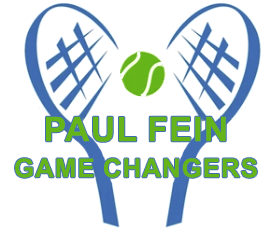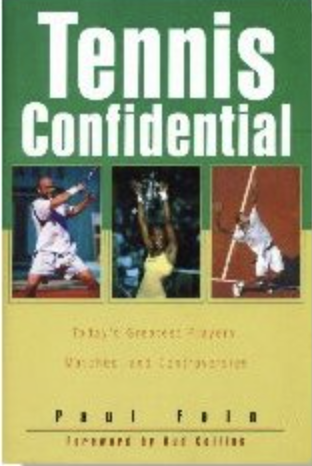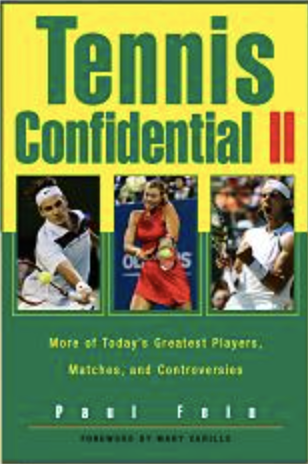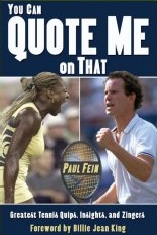Some new ideas to think about in 2024
Hits: 50
John Stuart Mill, the 19th-century British philosopher, wrote, “Every man who says frankly and fully what he thinks is so far doing a public service. We should be grateful to him for attacking most unsparingly our most cherished opinions.”
With this advice in mind, let's evaluate some frank statements in the tennis world this year.
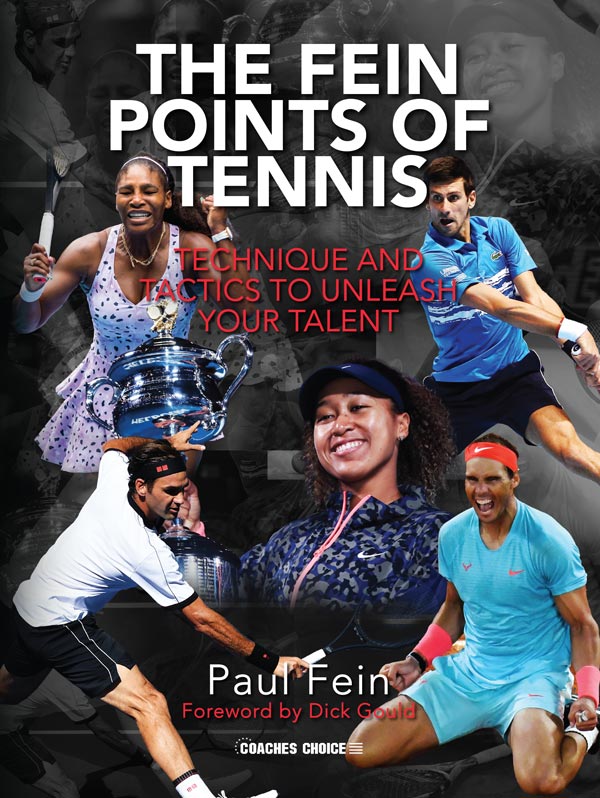
“A stat I’d like to see is the drop shot. How many do you deploy, and how many do you win,” suggested former No. 1 Jim Courier, now a Tennis Channel analyst.
To its credit, tennis has become increasingly statistical this century. Pro players use drop shots more than ever, and in some cases, on pivotal points. Put differently, drop shots are steadily becoming a bigger factor in why players win or lose matches. Therefore, Courier’s suggestion is sensible and justified.
Karolina Muchova made a disastrous drop shot error near the end of her otherwise excellent performance against No. 1 Iga Swiatek in the French Open final.
That means this proposed drop shot stat is a valuable starting point. But, like other tennis stats, it should be broken down. For example, how does the player fare with drop shots on clay, hard, and grass courts? What is the player’s success rate on deuce points, ad (game) points, and set points? During close matches and lopsided matches?
Players, coaches, and fans would learn a lot from a stat about drop shots. And not just about the quality of the drop shot. Typically, the point doesn’t end there. Thus, the quality of the players’ volleys, overheads, approach shots, and even countering drop shots figure in the drop shot statistic.
***** ***** ***** *****
“I have a big heart,” said exhausted and sleepy Andy Murray, explaining how after 5 hours, and 45 minutes, he overcame 26-year-old Australian Thanasi Kokkinakis 4-6, 6-7 (4), 7-6 (5), 6-3, 7-5 at 4:05 a.m. at the Australian Open. “Why are we still playing at 3 a.m.? Ridiculous,” the frustrated, 35-year-old Brit rightly ranted in the fourth set.
“Ridiculous” rightly describes this colossal match-scheduling blunder at the Australian Open. This and other post-midnight matches are also extremely unfair for spectators, TV fans, coaches, linespeople, ball kids, umpires, security, and other on-site tournament workers.
Yet this wrongheaded scheduling continues at pro tournaments—despite the many protests from players and other stakeholders in the tennis world.
What’s the solution? I suggest two seven-hour sessions. The day session starts at 11 a.m. and ends at 6 p.m. The evening session starts at 6 p.m. and ends at 1 a.m.—regardless of the score.
Some tournament directors will balk at the starting time for both sessions, especially the evening session, complaining that some ticket buyers will arrive late because they get out of work at 5 or 5:30 p.m. However, it’s far better for them to miss a little at the beginning of a match than a lot at the end of a match because they must drive home to get enough sleep for school or work the following day. And, of course, the end of matches extending until 2, 3, or 4 a.m. will be enthusiastically welcomed and appreciated by everyone—especially the players.
***** ***** ***** *****
“The way tennis is played today on clay, you have to finish the point at net because today’s players seldom err on groundstrokes and are so good defensively.”
This tactical advice came from Jim Courier while working a men’s match. It’s a generalization, of course, but very thought-provoking. That’s because there are so many questions and variables.
The fact that so many of today’s pros are so good defensively could mean that their excellent athleticism and strokes are not only effective during long rallies but also against serve and volleyers and groundstroke and volleyers.
On the other hand, Courier’s advice could work for players whose serves, approach shots, volleys, and overheads were strong and consistent. Here, the Big Three, along with Alcaraz, clearly have the complete package to execute Courier’s advice. Jannik Sinner is close, but his volley technique, agility, and anticipation need improvement. Andrey Rublev, whose lack of versatility, has retarded his progress and frustrated him, exemplifies a player who would greatly benefit from taking Courier’s advice—IF he mastered the forecourt game. On the women’s side, Karolina Muchova, the late-blooming but very talented Czech, has all the shots but not quite enough consistency.
Once again, the variables matter greatly. The first variable is clay, which slows down aggressive shots. The second variable is mastering the aforementioned offensive shots.
The answers for both variables are found in the statistics. The most reliable stat is the percentage of net approaches a player wins. However, that stat must be broken down in the various ways he win the point. How often does he win it with a serve, an outright approach, a volley, or an overhead? And how effective is each tactic and stroke against opponents with different styles and strengths?
With these points in mind, I wish you a successful 2024 as players, coaches, teaching pros, and fans.
